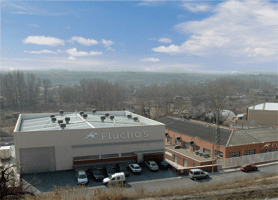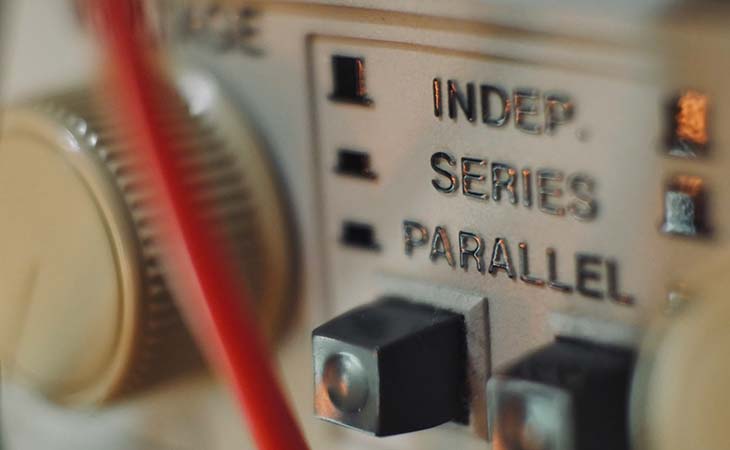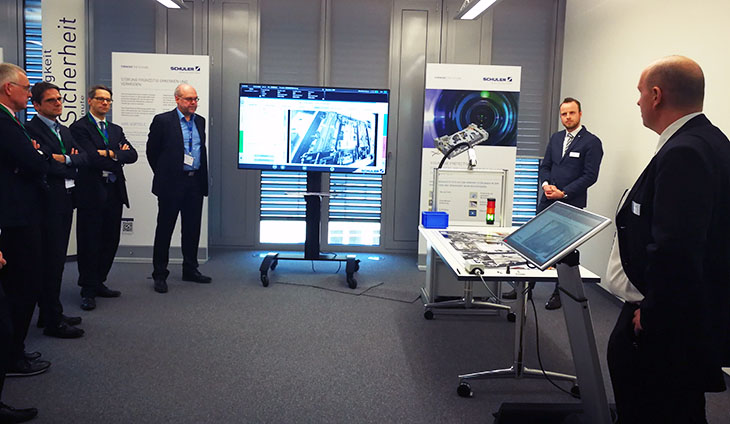Managing your building and its assets becomes increasingly challenging as your business grows. If you hope to maintain peak productivity as you scale up, you’ll have to adjust your space and workflows, not just expand them. A facility management plan helps optimize those changes.
Facility management encompasses building and equipment maintenance, technology integration, and other facility improvements. It applies dedicated teams and workflows to these optimization tasks, helping make the most of your physical space and assets. While that’s a critical management step, it can also be expensive, so timing it can be challenging.
Here are five signs that it’s time to develop a facility management plan.
1. Shrinking Asset Visibility
One of the most urgent signs that it’s time for a facility management plan is if you struggle to track assets. Many small businesses don’t track their inventory or do so manually, which may work for smaller operations, but this becomes an issue as you scale up. Poor visibility will lead to inventory distortion, which cost manufacturers $677 million in 2020 alone.
A dedicated facility management team or strategy involves transparency solutions. That could look like implementing digital tracking technologies like RFID and internet of things (IoT) sensors or restructuring storage to make it easier to manage inventories.
Shrinking asset visibility can manifest in multiple ways. Increasing stock shortages or surpluses, long picking times, frequent confusion over part locations, and things going missing are all signs of poor visibility.
2. Rising Maintenance Costs
Another common scenario that warrants facility management is high maintenance costs. That applies to both the equipment within your facility and the building itself. If you notice these expenses are rising, especially if that growth is faster than new revenue, it’s time to develop a management plan.
Machinery maintenance alone can cost as much as 70% of the goods produced in some companies. These expenses often get so high because poor facility management fails to keep up with repair needs. You need more visibility into your building and equipment’s conditions to resolve issues before they cause costlier disruptions.
Effective facility management optimizes maintenance through processes like predictive maintenance. It can also involve using software to manage contractors, like repair services or building maintenance teams. These steps will help keep ongoing costs reasonable as you expand.
3. Declining Engagement
Facility management also has a human factor. If the facility doesn’t meet your employees’ needs or creates poor workflows, it will hinder their productivity and mood. Consequently, you can tell it’s time to develop a facility management plan if you notice declining employee engagement.
Employee satisfaction surveys can provide insight into engagement, but they’re not the only way. Reduced productivity, increased absenteeism, frequent tardiness, and a general negative energy on the work floor are all signs of poor engagement.
Even seemingly small facility management factors can have a considerable impact on engagement. Keeping the building clean, for example, can improve employee satisfaction and make it easier to work without distraction. Reorganized workflows and automating repetitive, low-value tasks can also help.
4. Recurring Quality Control Issues
Another sign that it’s time to embrace facility management is if quality control problems become more frequent. Manufacturers should expect a few errors, but recurring issues, especially if they become increasingly common as facilities expand, warrant further action.
Issues with processes and materials account for 85% of quality control problems, so blaming employee error may be a misdirection. Poor machine maintenance could cause them to damage products, or workflows may introduce unnecessary risks that affect part quality. Since even small defects can damage your reputation if there are enough of them, addressing these trends is crucial.
Better facility management will improve workflow visibility to reveal potential sources of these problems. Teams can then adjust machinery or processes to reduce errors and enhance product quality.
5. Increasingly Frequent Safety Incidents
Similarly, rising workplace injuries can indicate the need for a facility management plan. You may expect safety incidents to increase as you expand, since growth means more workers and more of the same hazards. However, growth should also mean optimization, and workplace injuries and deaths cost $171 billion in 2019 alone, so you should aim to minimize them.
Rising injury rates do more than just harm workers. They disrupt operations, leading to lost productivity, and can result in high expenses from Workers’ Compensation or OSHA citations. Consequently, if you notice these incidents becoming more frequent, it’s time to address your facility management.
Preventing injuries is often a matter of reducing related hazards. Management steps like optimized automation, workflows that give workers more room, new safety barriers, or better communication can all help.
A Facility Management Plan Can Optimize Your Operations
Facility management becomes critical as your operations expand. Less formal, more straightforward approaches may work for a smaller business, but they quickly become more damaging than helpful as you grow. If you notice any of these five signs, it’s likely a good idea to develop a formal facility management strategy.
These strategies and teams will help ensure growth doesn’t mean increasing complications. They’ll help you make the most of your operations, reducing losses and disruptions while maximizing productivity.


























